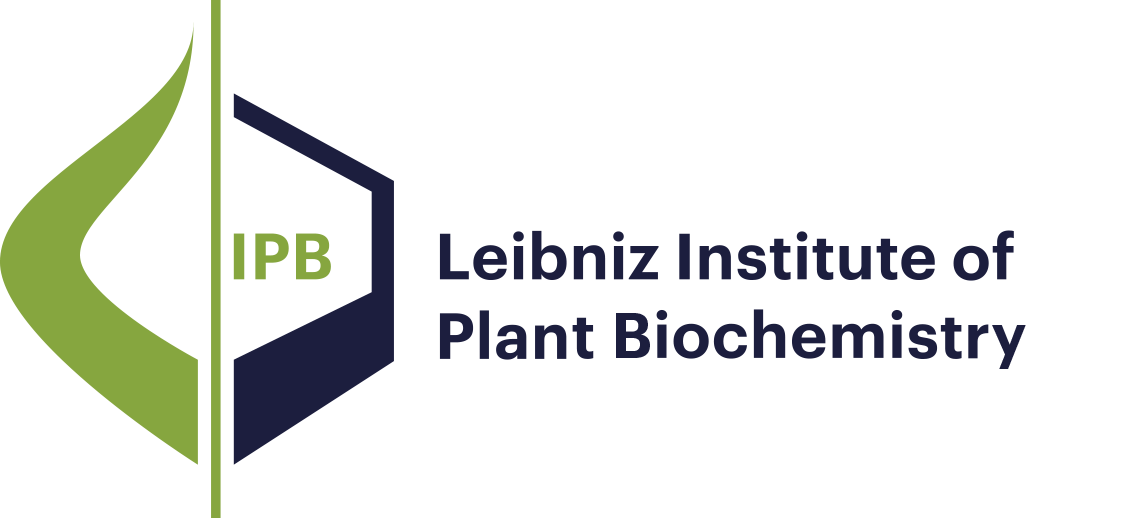- Results as:
- Print view
- Endnote (RIS)
- BibTeX
- Table: CSV | HTML
Publications
Research Mission and Profile
Molecular Signal Processing
Bioorganic Chemistry
Biochemistry of Plant Interactions
Cell and Metabolic Biology
Independent Junior Research Groups
Program Center MetaCom
Publications
Good Scientific Practice
Research Funding
Networks and Collaborative Projects
Symposia and Colloquia
Alumni Research Groups
Publications
The inhibition of human glutaminyl cyclase (hQC) has come into focus as a new potential approach for the treatment of Alzheimer’s disease. The hallmark of this principle is the prevention of the formation of Aβ3,11(pE)-40,42, as these Aβ-species were shown to be of elevated neurotoxicity and likely to act as a seeding core leading to an accelerated formation of Aβ-oligomers and fibrils. Starting from 1-(3-(1H-imidazol-1-yl)propyl)-3-(3,4-dimethoxyphenyl)thiourea, bioisosteric replacements led to the development of new classes of inhibitors. The optimization of the metal-binding group was achieved by homology modeling and afforded a first insight into the probable binding mode of the inhibitors in the hQC active site. The efficacy assessment of the hQC inhibitors was performed in cell culture, directly monitoring the inhibition of Aβ3,11(pE)-40,42 formation.

